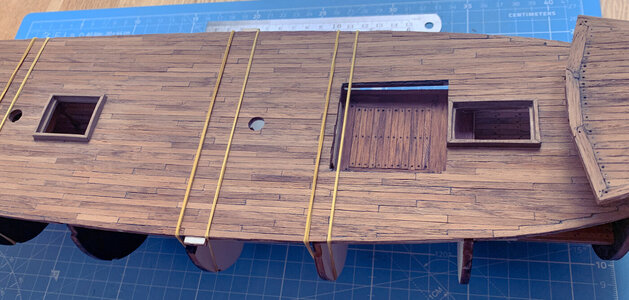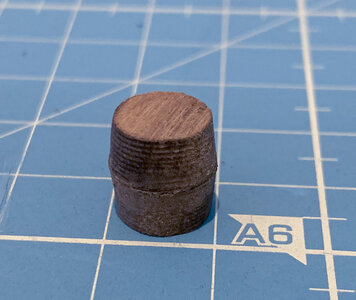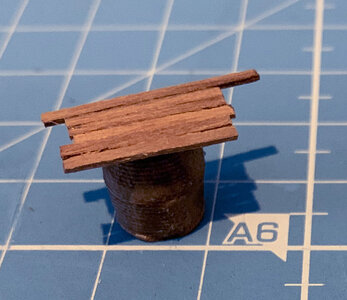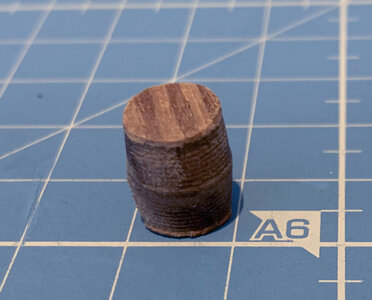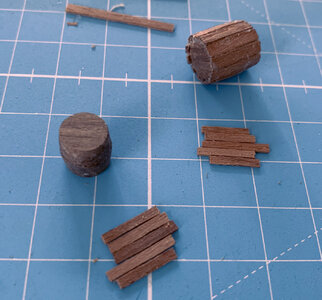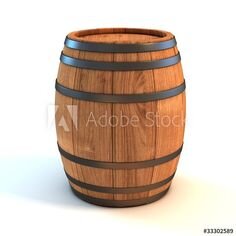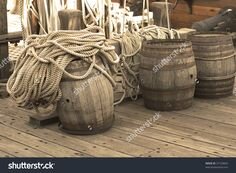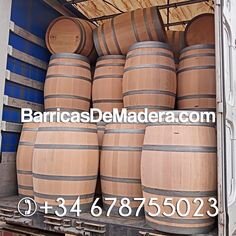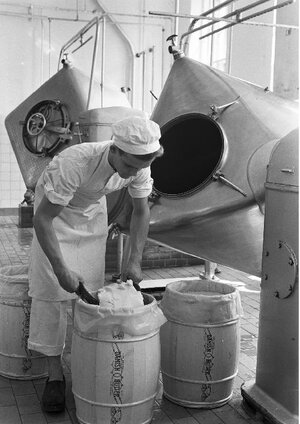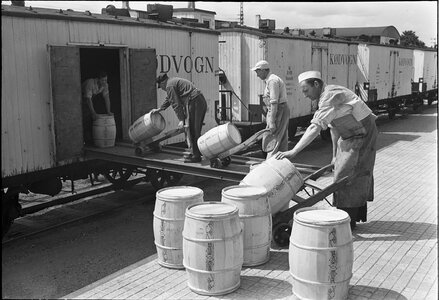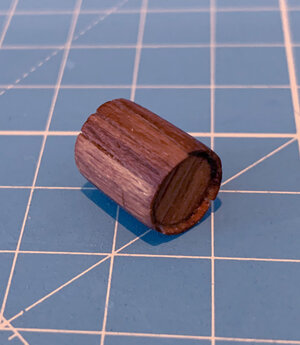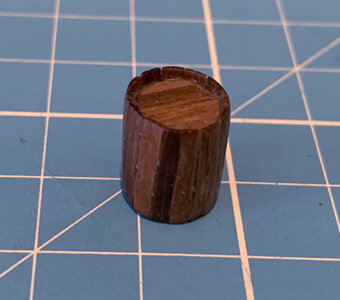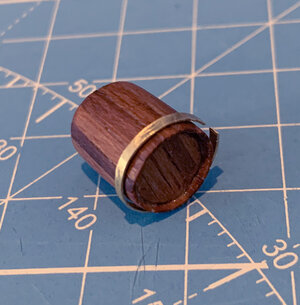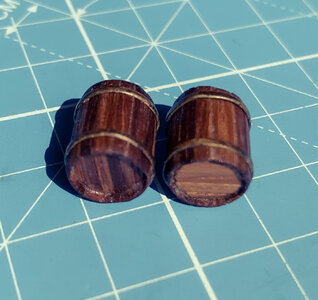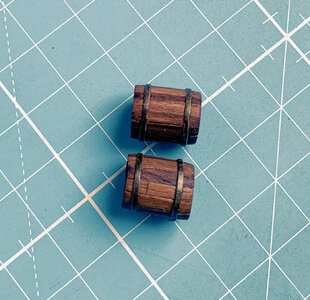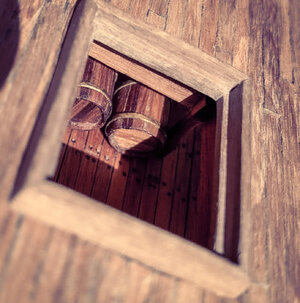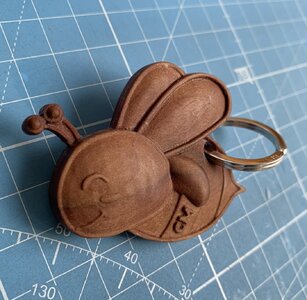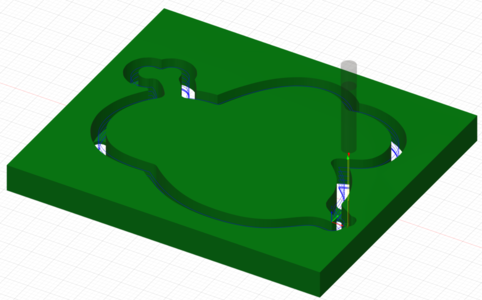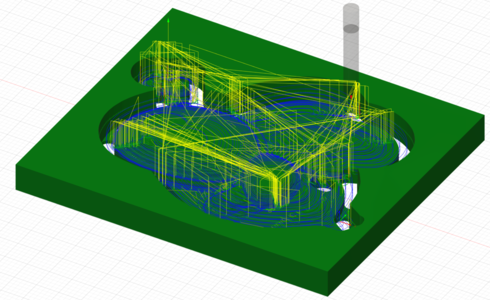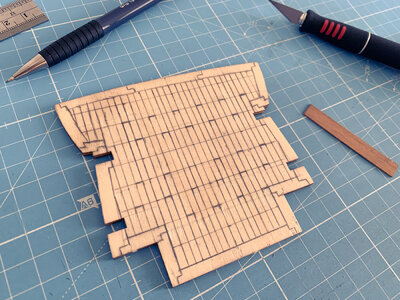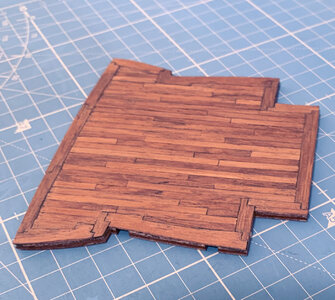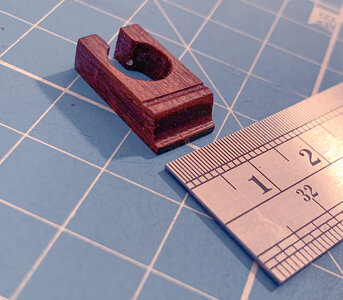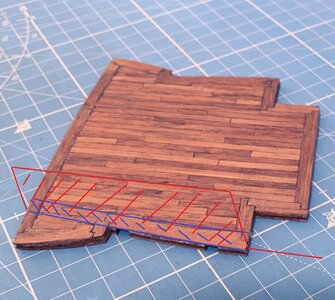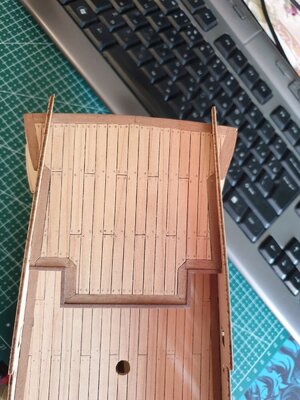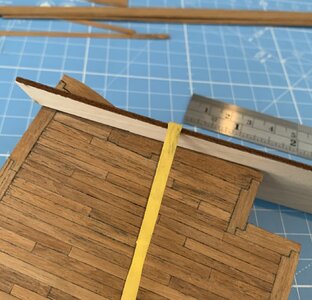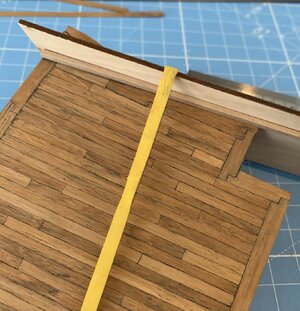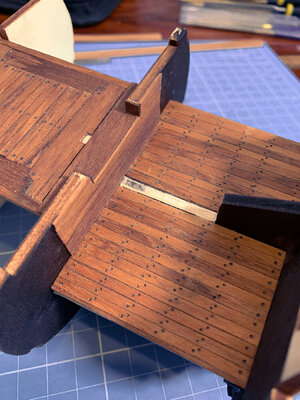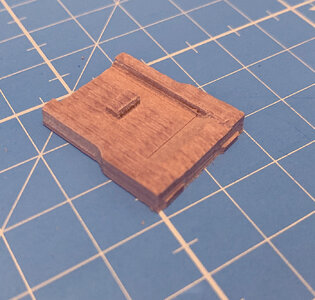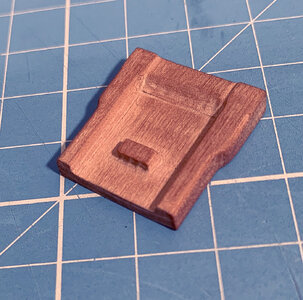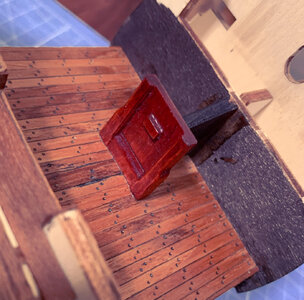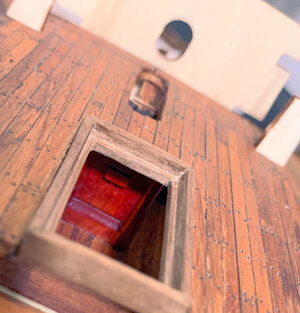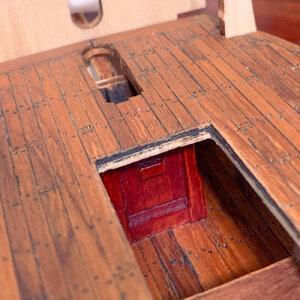This will be mostly my last message here on S, O, S..Fabelhaft. alles wunderbar gemact. es ist ein sehr gutes idea-kein pause zumachen-when kein dumaterial hast.
eine frage?hast tu ein E-.MAIL addresse-mein ist peandersen@telefonica,net- ich habe einige problema mit den management, undfur kan ich besser hilfen-mere alf 50 jahre model gebaut mit round 40 modelle. viel material uner spanishe shife..
As I wrote -in German- I have a high amount (as some has already gone to the waste bin- of Spanish warships from the year1700 to 1800. I have built not all but nearly the most important Spanish ships in the Trafalgerbattle. I have downloaded all the instruction manuals of each ship, drawings and painting material etc.
I am Danish born on the Nord Sea Cost-kuste- neat 80 years ago, the since 1978 I WAS TRANSFERRED TO SPAIN, TO OPEN A NEW OFFICE. AND HAVE BEEN HERE SINCE.
AS MENTIONED BEFORE I STARTED IN 1960TH when BILLING Boat started At that time I was working in the neighbour town to Billing, so I knew him well.
Last edited:





